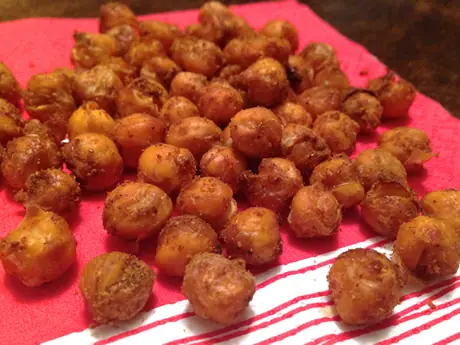New diets pop up all the time. Just as one diet trend loses popularity, another one that appears to be even better than the last will surface.
So what were the top diet trends of 2013?
Gluten-Free Diet
The limitations: A gluten-free diet is used to treat celiac disease and those diagnosed with sensitivity to gluten. It excludes the protein gluten, which is found in grains such as wheat, barley, rye and triticale (a cross between wheat and rye). Allowed foods include beans; seeds; nuts in their natural, unprocessed form; fresh eggs; fresh meats; fish and poultry (not breaded, batter-coated or marinated); fruits and vegetables; and most dairy products. Grains and starches that can be part of a gluten-free diet include amaranth, arrowroot, buckwheat, corn and cornmeal, flax, gluten-free flours (rice, soy, corn, potato, bean), hominy (corn), millet, quinoa, rice, sorghum, soy, tapioca and teff.
More: Healthy Carbs for Endurance Athletes
The drawbacks: People who follow a gluten-free diet may have low levels of certain vitamins and nutrients in their diets. These key nutrients include iron, calcium, fiber, thiamin, riboflavin, niacin and folate. Many grains are enriched with vitamins, so avoiding grains may mean eating fewer of these enriched products.
The skinny: Some gluten-free products can also be higher in calories, fat and sugar than their gluten-containing counterparts. When gluten is removed from products, something needs to take its place and it tends to be more fat and/or sugar. Currently, there's no evidence to support that a gluten-free diet has any benefits for those in the general population.
More: Will Gluten-Free Foods Help You Lose Weight?
Paleolithic Diet
The limitations: The Paleo diet is based on foods that could be hunted, fished, and gathered during the Paleolithic Era such as meat, fish, shellfish, eggs, tree nuts, vegetables, roots, fruits and berries. It doesn't include diary and most grains, legumes and processed foods.
- 1
- of
- 3
About the Author









Discuss This Article